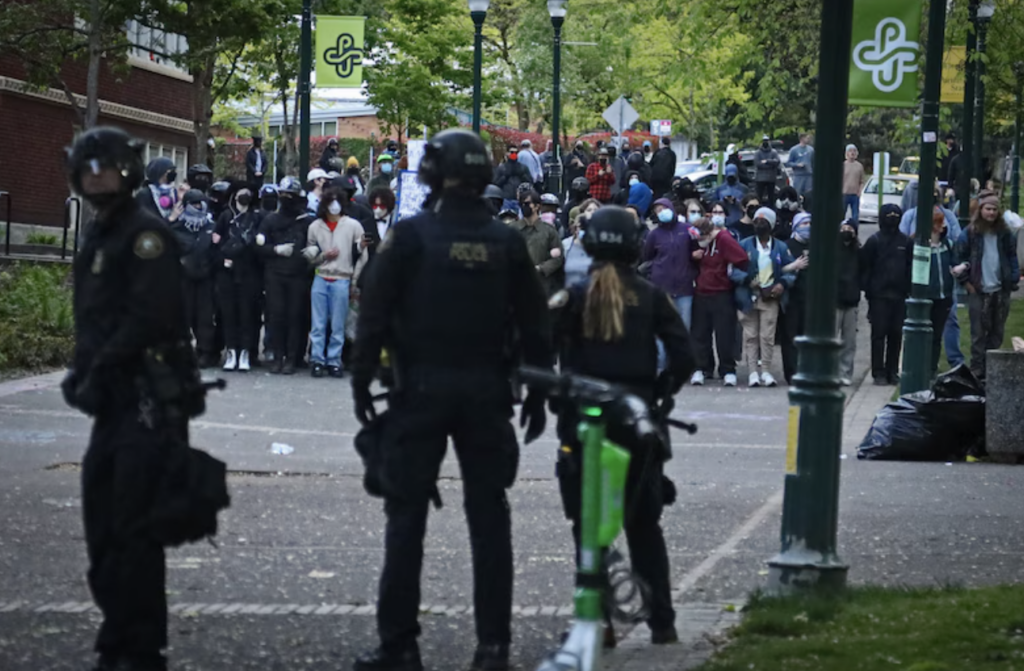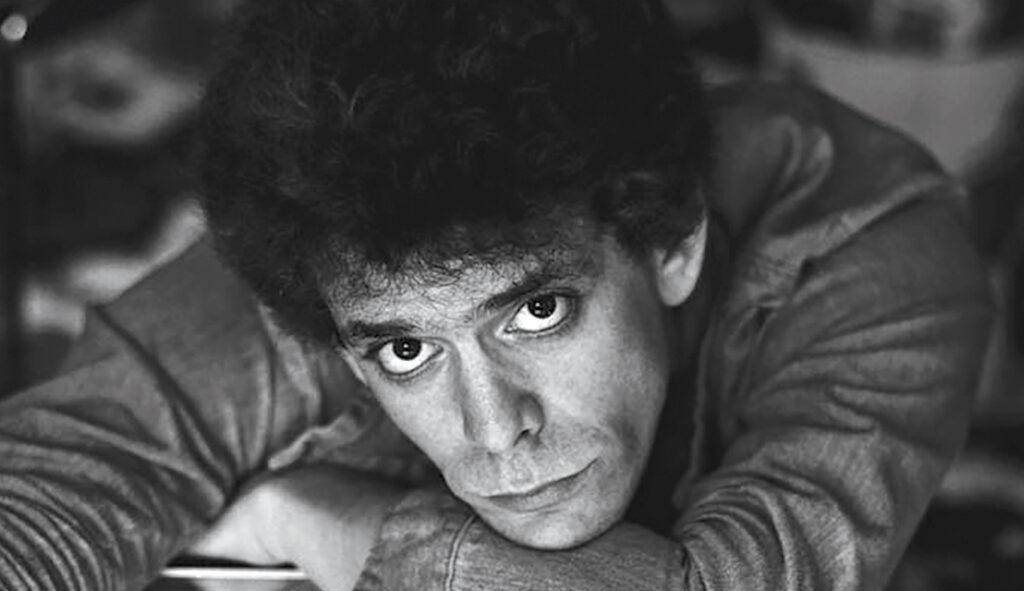Slate supports School Choice.
The Politics of Public Education: A Call for Reform
The world of public education is a strange one, filled with unexpected alliances and surprising revelations. As test scores continue to plummet in the wake of the pandemic, even left-leaning publications like Slate are recognizing the urgent need for change in American education.
In a recent article, mother and writer Kendra Hurley passionately applauded Columbia University’s decision to close its Teachers College Reading and Writing Project. She held the institution accountable for what she called a “decades-long travesty” of imposing an ineffective “balanced literacy” curriculum on unsuspecting students.
“The educational establishment broke its unspoken contract with me,” Hurley lamented, as she detailed the struggles her own family faced due to the failure of New York City Public Schools to teach her children how to read.
Hurley’s personal experiences shed light on the flaws of the balanced literacy approach, which she describes as a “fuzzy fantasy” that undermines the importance of phonics instruction. While advocates of whole language argue for a more unsystematic approach, research consistently shows that phonics instruction yields better results.
However, Hurley’s critique of parental involvement in education is less convincing. By relying on the “unspoken contract” between parents and schools, she neglects her own responsibility as a parent to guide her children’s education. Despite this flaw, it is encouraging to see more left-wing parents recognizing the need for reform.
Parental Engagement: A Key to Success
Studies consistently show that parental engagement is crucial for student success. The educational establishment relies on the complacency of parents to maintain its control over the system. Hurley walks a fine line, focusing solely on the issue of balanced literacy while ignoring other ways in which the establishment has failed parents and students.
Her article concludes with a call for change, acknowledging the growing support for school choice initiatives among Americans. Despite the resistance from the educational establishment and its allies, the tide is turning, and more voices are joining the education revolution.
What are the consequences of unequal distribution of resources in public schools, particularly for students from low-income backgrounds?
Rticle titled “The End of the Public School as We Know It,” Slate writer Dana Goldstein highlights the dire state of public education in the United States and calls for immediate reform. Goldstein argues that the pandemic has exposed the cracks in the system, revealing significant disparities in access to education and unequal outcomes for students across racial and socioeconomic lines.
One of the main issues Goldstein raises is the unequal distribution of resources. Students from low-income backgrounds often attend schools with inadequate funding, outdated infrastructure, and limited access to technology. This disparity not only affects their educational experience but also perpetuates a cycle of poverty and societal inequality.
Goldstein also emphasizes the need for a more equitable curriculum that reflects the diverse experiences and histories of all students. Traditional educational materials often neglect the contributions of marginalized communities, leading to a biased understanding of history and reinforcing systemic discrimination.
Furthermore, Goldstein highlights the importance of qualified and well-supported teachers. In many underprivileged schools, there is a high turnover of teachers due to low salaries, lack of resources, and limited professional development opportunities. This instability negatively impacts students’ learning outcomes and hinders their overall academic progress.
To address these issues, Goldstein proposes several reforms. Firstly, she suggests increasing funding for public schools, particularly in low-income communities, to ensure that all students have access to quality education. This includes investing in updated infrastructure, technology, and resources that can support effective learning.
Secondly, Goldstein advocates for the development of a more inclusive and culturally responsive curriculum. By incorporating diverse perspectives and histories into the educational materials, students can develop a more comprehensive understanding of society and their place in it.
Lastly, Goldstein emphasizes the need for better teacher support and professional development. This includes providing competitive salaries, ongoing training opportunities, and mentorship programs to attract and retain high-quality educators.
The call for reform in public education is not a new one, but the urgency has never been more apparent. The pandemic has exacerbated existing inequalities within the system, leaving many students at a disadvantage. It is crucial for policymakers, educators, and the public to come together to prioritize education reform and ensure that every child has equal access to a quality education.
As Goldstein aptly summarizes, “If we want a society that is just, equitable, and prosperous, we must invest in our public education system. The future of our nation depends on it.”
In conclusion, the state of public education in the United States is in dire need of reform. The pandemic has shed light on existing disparities and emphasized the urgency to address these issues. By focusing on equal access to resources, an inclusive curriculum, and teacher support, we can begin to build a more equitable and effective public education system. It is time to prioritize education and invest in our nation’s future.
" Conservative News Daily does not always share or support the views and opinions expressed here; they are just those of the writer."





